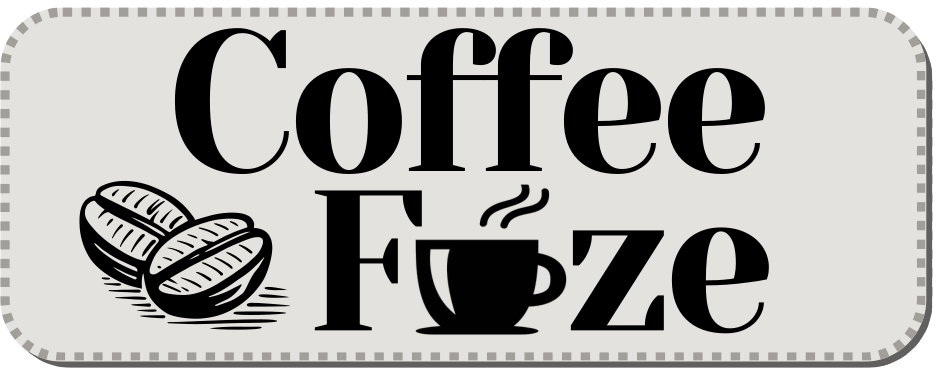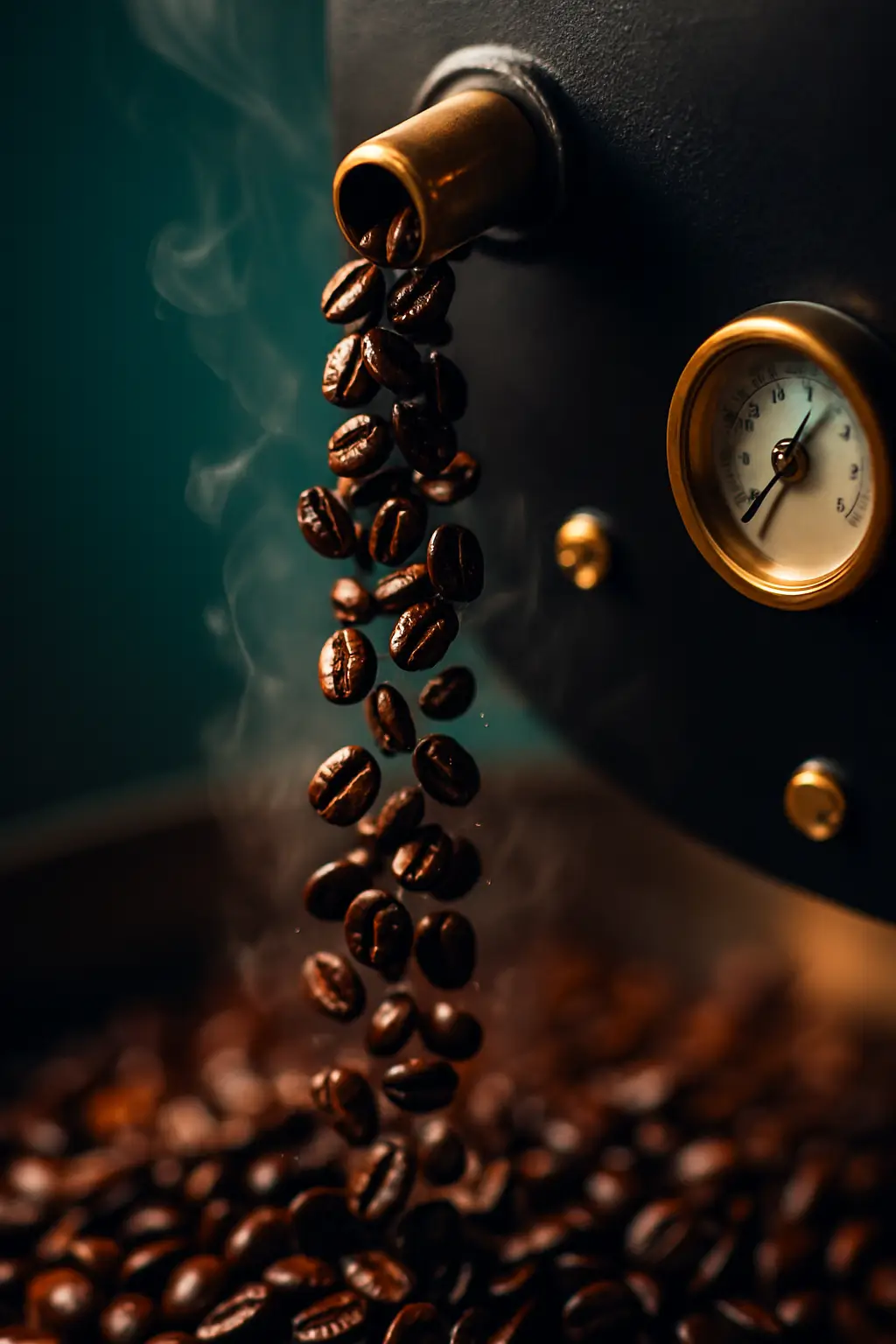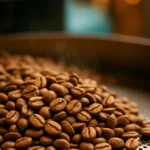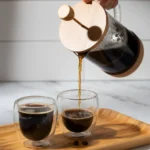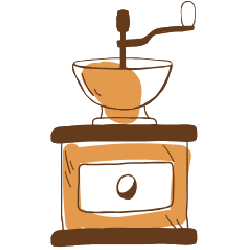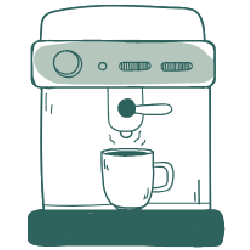Do you love bold coffee? Many coffee drinkers pick dark roast coffee beans for their unique taste. These beans look remarkably dark and feel invitingly oily. They deliver a powerful flavor profile. This guide explains what makes dark roast coffee special, how it’s made, and what you’ll find in your cup.
What are dark roast coffee beans?
Dark roast coffee beans are roasted longer and at higher temperatures than lighter beans. This gives them distinct features.
They appear dark brown, almost black. You’ll often see a glossy, oily surface. This sheen comes from oils pulled out during the long roasting process. When you brew it, dark roast coffee offers a rich, full-bodied taste. People often describe the flavors as bold, smoky, chocolaty, and nutty. You get a deep, intense cup.
Dark roast beans also give you a full, smooth, and creamy mouthfeel. Think of it as a thick, heavy body. This substantial feel balances a lower acidity, especially compared to light roast coffee beans. You’ll notice a milder finish. The aroma is equally strong: smoky and rich. This comes directly from the concentrated oils developed during roasting.
How dark roast coffee is made
The coffee roasting process transforms green coffee beans into the familiar dark roast coffee beans. It uses precise temperature control and timing. Roasting happens between 425°F and 480°F (about 220°C to 249°C).
Beans at this stage reach or pass the second crack stage, around 435-439°F (224-226°C). The beans expand further and crack more audibly. This signals a darker roast. The entire roasting process can take 15 to 30 minutes. The roast master carefully controls the temperature to get the right outcome.
During roasting, beans darken a lot and get that oily sheen. This is a sign of their roast level. They also lose more moisture and density. This affects the final cup. These changes lead to new flavors, like lower acidity and stronger, sometimes pleasantly bitter or smoky notes.
Flavor, aroma, and body: what to expect
Brewing dark roast coffee gives you a unique and rich experience. The long, hot roasting deeply shapes the final characteristics.
The taste focuses on deep roasted notes. You’ll often find hints of dark chocolate, caramel, and nuts like hazelnut or peanut butter. You might also notice subtle spices: cinnamon, nutmeg, or anise. This coffee has a balanced bitterness and very low acidity. The result is a smooth, satisfying taste. The aroma is intensely smoky with strong roasted smells. This happens as oils surface during the extended roast. These strong smells often hide the bean’s delicate, origin-specific flavors.
For mouthfeel, dark roast coffee is full, smooth, and creamy. Many call it thick or heavy, like heavy cream. This creates a powerful, rich coffee experience. All these traits come because extensive roasting highlights roasted notes over the bean’s natural origin. You get a deeply familiar and comforting cup.
Caffeine in dark roasts: busting myths
Many people think dark roast coffee has more caffeine than light roast. This is a myth. By volume, dark roast coffee actually has slightly less caffeine. This is because beans expand during roasting. But if you measure by weight, the caffeine content is very similar. Sometimes it’s even slightly higher in dark roast.
During roasting, dark roast beans lose about 15% more weight (mostly water) than lighter roasts. They become less dense. Caffeine is stable; it does not break down much, even at high temperatures. So, a pound of dark roast coffee beans has a similar or slightly higher caffeine concentration than a pound of light roast coffee beans.
Dark roasts are also more soluble. This means caffeine and other flavor compounds extract more easily when you brew. You might get a higher extraction yield in your cup. Roasting changes the chemical makeup. Dark roasts have more broken-down compounds and fewer original acids compared to the brighter, more acidic light roasts.
Here’s how dark and light roasts compare:
| Characteristic | Dark roast | Light roast |
|---|---|---|
| Caffeine (by weight) | Slightly higher or similar | Slightly less or similar |
| Caffeine (by volume) | Slightly lower (expanded beans) | Slightly higher (denser beans) |
| Water content | Lower (more evaporated) | Higher |
| Flavor compounds | More bitter, roasted flavors | More acidic, complex acids |
| Compound solubility | Higher (easier extraction) | Lower |
Popular dark roast types and blends
Many different types and blends of dark roast coffee beans exist. Each offers a distinct take on that strong flavor profile. People love these roasts for their bold qualities and often oily surface.
Classic roasts include:
- French Roast: smoky, bold flavor, pleasant bite,
- Espresso Roast Blend: stout body, rich flavor, excellent crema (great for espresso machines),
- Viennese Dark Roast: full-bodied, rich taste,
- Italian Roast: penetrating, balanced, vigorous flavors from a slow, strong roast.
You’ll also find single-origin examples, like Sumatra Mandheling and Aged Sumatra. Roasters often dark roast these to highlight their unique earthy, complex flavors. Several popular proprietary blends are also out there, like Major Dickason’s Blend®, known for its rich and complex profile.
Artisan blends further expand your choices:
- Black Velvet (Atomic Coffee Roasters): smooth body, notes of burnt sugar, graham crackers, malted milk balls,
- The Chronic – Super Dank: dark chocolate, smoky baker’s chocolate, spice, caramel notes,
- Intensi Espresso: dark chocolate, smoky baker’s chocolate, spice, caramel notes,
- Diesel: dark chocolate, smoky baker’s chocolate, spice, caramel notes,
- Red Den Blend: dark chocolate, smoky baker’s chocolate, spice, caramel notes,
- Black Bear (Airship Coffee Roasters): complex, with smoked plums, dark chocolate, roasted walnut flavors.
Each choice shows off the rich, full-bodied experience of dark roast coffee. They’re favorites for those who enjoy intense coffee.
Why choose dark roast coffee?
You might choose dark roast coffee beans for their distinct strength and versatility. Their bold flavor profile makes them perfect for specific uses.
Dark roast flavors hold up well to cream or sugar. This makes them great for espresso and many milk-based drinks, like lattes and cappuccinos. The coffee’s intensity stays strong, even with dairy or sweeteners.
Do you like a powerful, rich coffee without the sharp brightness of lighter roasts? Then you’ll prefer dark roast. Its lower acidity means a smoother finish. This appeals to people sensitive to tartness. These beans’ bold flavor also works well with various brewing methods. They’re especially good for espresso. You get a strong presence and excellent crema.
Dark roast coffee offers deep flavor and body. It’s a journey into rich coffee experiences. What’s your favorite dark roast or brewing method?
